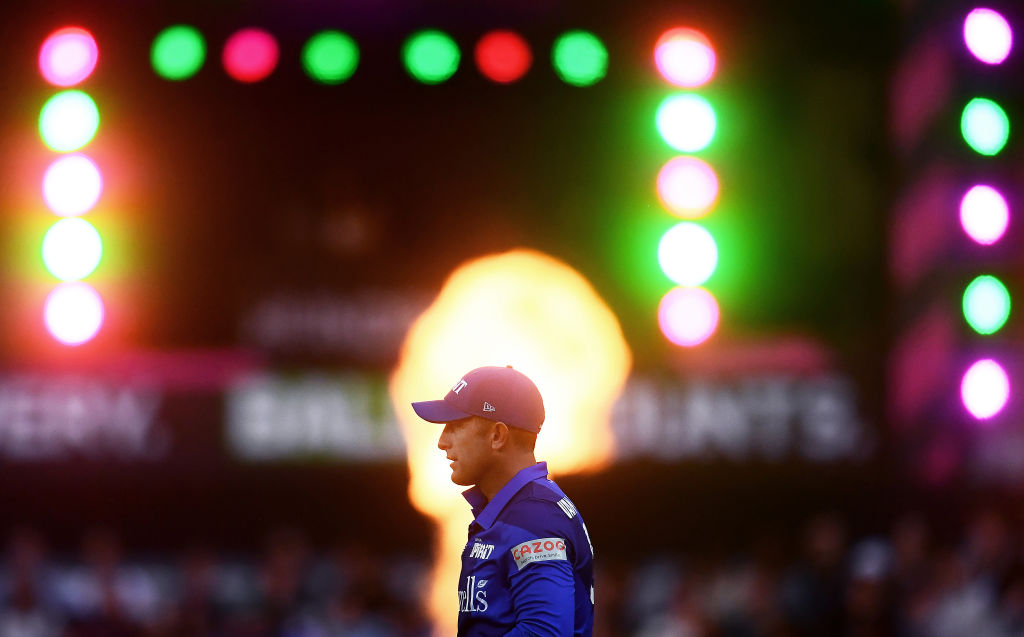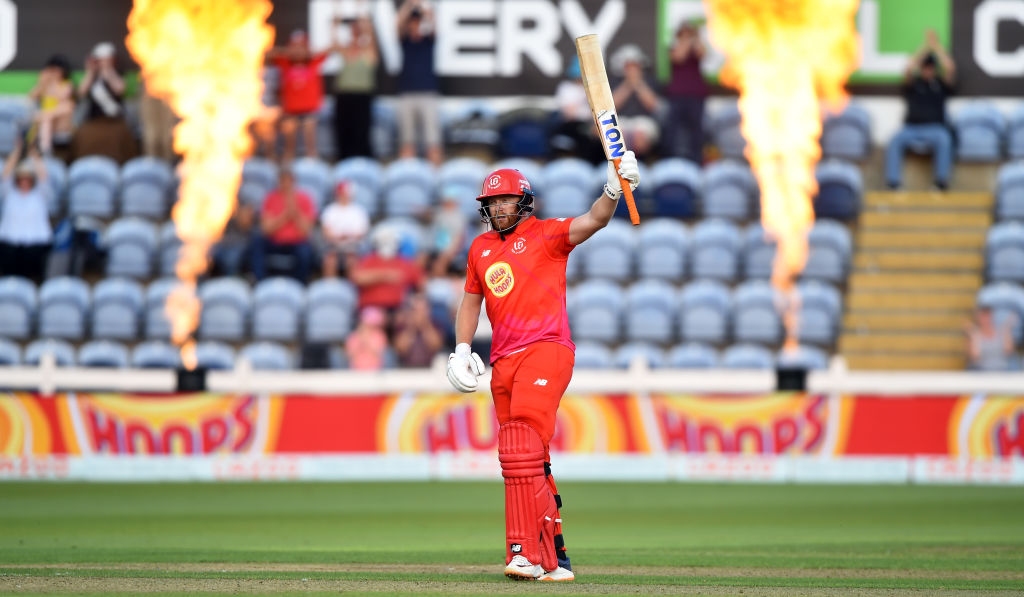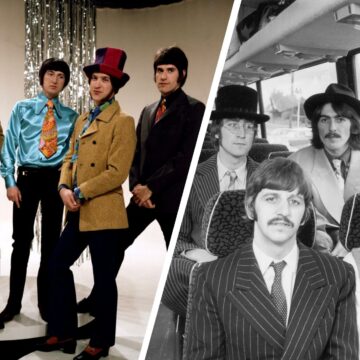It feels like Test Match cricket has seen something of a resurgence in recent years. Some might say it was Bazball what done it, but I reckon England’s swashbuckling new style is a symptom of renewed interest in red ball cricket, rather than its cause. The real, and frankly only, reason the five-day game has been able to stave off the temptation of year-round money in colourful kits is because of this generation’s crop of great players.
Steve Smith – the best red ball batsman since the great Don Bradman – and Ben Stokes – both better physically suited to the white ball game, and with a tumultuous past that made cashing in on T20 leagues around the world a far easier option than the Hollywood redemption arc Stokes is now on the precipice of completing – deserve credit for guiding the longest form of the game through difficult times. So, too, does Virat Kohli. The talisman of the world’s most powerful cricketing nation has arguably been the sport’s most influential voice over the last decade. He’s used this platform to be ferocious advocate for the five-day game as the sport’s pinnacle, during a time where India’s T20 game has flourished.

Ben Stokes celebrates his heroics at Headingley during the 2019 Ashes. (Photo by Gareth Copley/Getty Images)
These are only a few, but were it not for the players, Test cricket could easily be playing second fiddle to limited over leagues. Because even while the players have stood up for the longest form of the game, executives have sought to diminish it. The Hundred is the latest, and most offensive, example of this, but it only proves the England and Wales Cricket Board (ECB)’s desperation for a slice of the white ball cake, having themselves been left behind.
The development of limited over, franchise cricket is a good thing. The sport, as a whole, benefits from variety in competition and the money injected from franchise tournaments such as the IPL and Big Bash. Cricket needs to modernise to be commercially viable, and the appetite for limited-overs cricket is its best way of competing with the lucrative television deals other sports are raking in. What makes these Indian and Australian tournaments so good – and indeed so valuable – however, is that they take the existing game and adjust it.
Read More: THE ABSOLUTE STATE OF ANDREW TATE’S WAR ROOM
What The Hundred has done is contort the very fabric of the sport, intent to mirror some Americanised-franchise league, fitted out with halftime shows, DJs, cheerleaders, pyrotechnics and neon colours everywhere you look. This works in America because it is part of American spectacle. With a sport like cricket, it feels forced, superficial, unnatural.
So far as I can tell, people who like cricket, don’t like The Hundred because it ruins the sport they enjoy. And people who don’t like cricket, don’t like The Hundred because, well, it’s still cricket.

If in doubt, add more neon lights. (Photo by Harry Trump/Getty Images)
To give credit where credit is due, The Hundred got two things right: it realised the need to broadcast professional cricket on terrestrial television in Britain, and it has used the competition to amplify the women’s professional game. Both of these will widen the popularity of the sport, in audience and participation.
It is hard to see much else going for The Hundred. Pretending it was all about attracting a new generation is nonsense, for one. The ECB wanted centralised franchises that they owned, instead of the T20 Blast teams owned by the counties themselves. It is possible that this works better long term, but to continue to run both competitions is nonsensical.
So, too, is the attempt to reinvent the sport. It’s almost commendable: the tournament divisors’ ability to make a famously complicated sport even more complicated. The idea that it is meant to be more accessible for new audiences is crazy, particularly when it won’t replicate the cricket they are seeing elsewhere, or playing themselves at school.

Jonny Bairstow playing for the Welsh Fire. If neon lights don’t work in the daytime, use fireworks. (Photo by Nathan Stirk/Getty Images)
More incredible is that for all the pomp and attempt to generate money, The Hundred is operating on a £60m loss already. Spare the classic excuses – teething issues, setup costs, establishing support bases and new teams. This is not going to plan, and based on the viewing figures from its first two years, an influx of fans is not coming soon. It lost 2 million total viewers in 2022 compared to 2021, and with an impressive summer of early cricket, and a Cricket World Cup getting underway in early October, The Hundred might find itself again sandwiched between a rock and a hard place.
The inverse could, of course, happen: this year’s Ashes delivers to such an extent that appetite for cricket (no matter how debased and saccharine) has never been higher. This was the case after 2005, my earliest cricketing memory, when that infamous series captivated the nation. It made me want to spend my every waking hour batting or bowling or catching. Sure enough, that was about all I did for the next decade.
Should this fever infect the country again – and I sincerely hope it does – English cricket would be better served by a normal white ball tournament following the Ashes; a tournament that replicates the sport people love. The ECB have, unsurprisingly, locked The Hundred in until 2028 at the earliest – but the sooner it becomes a distant, embarassing memory, the better.





